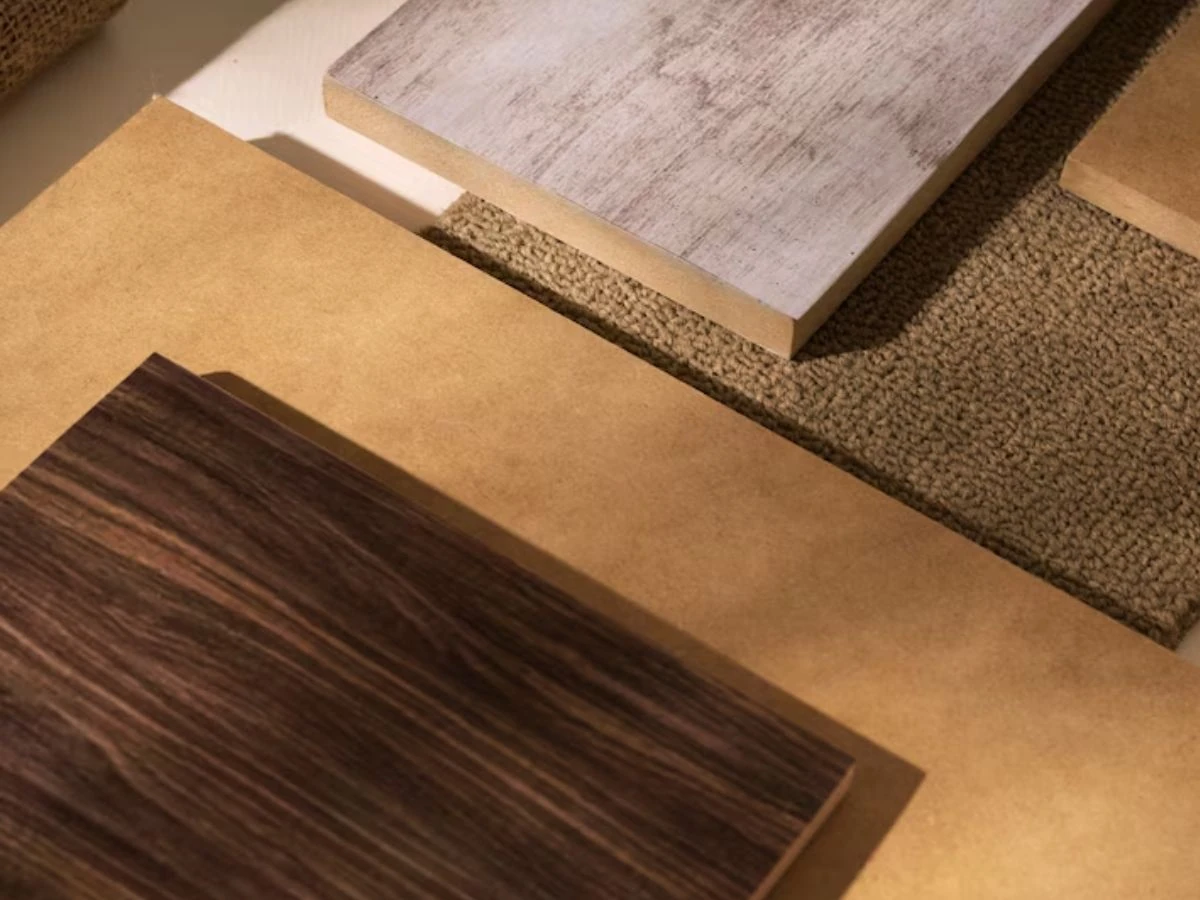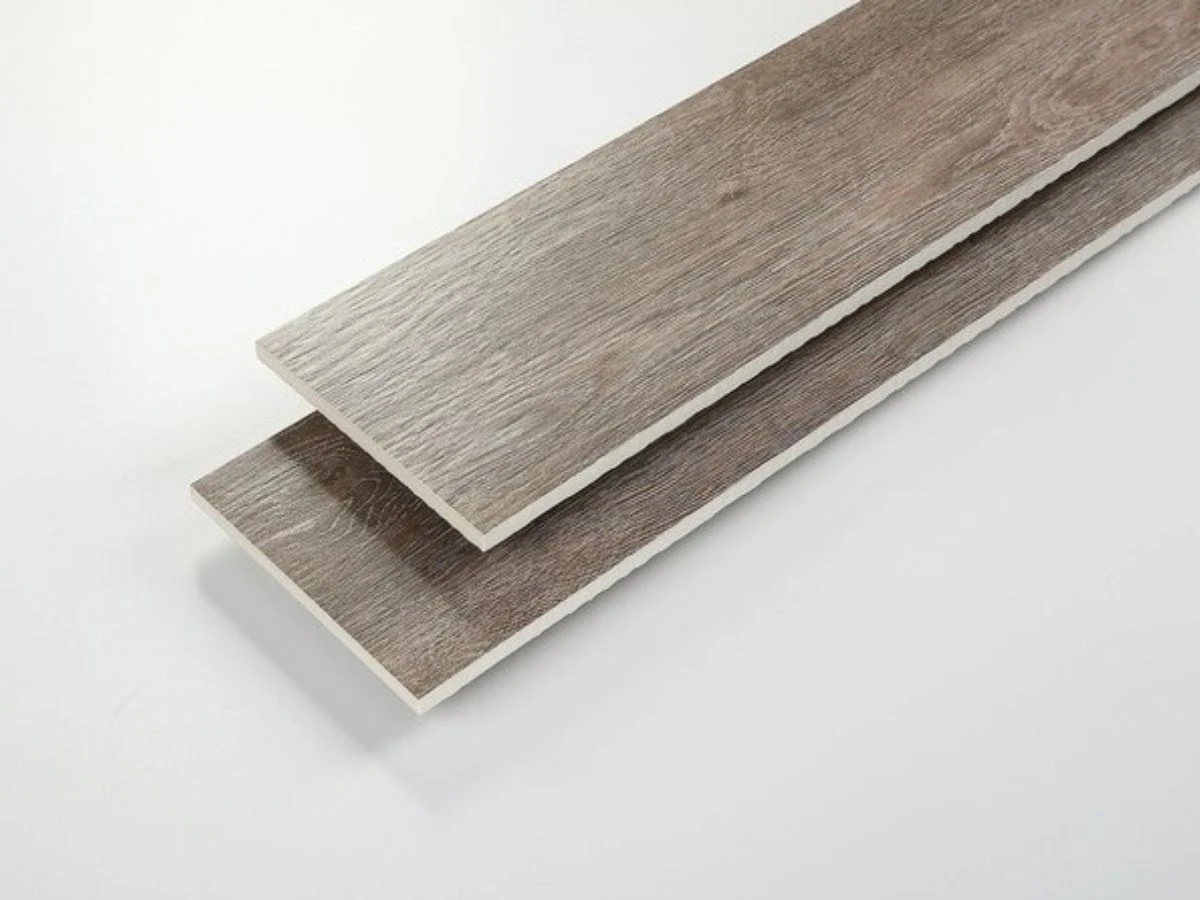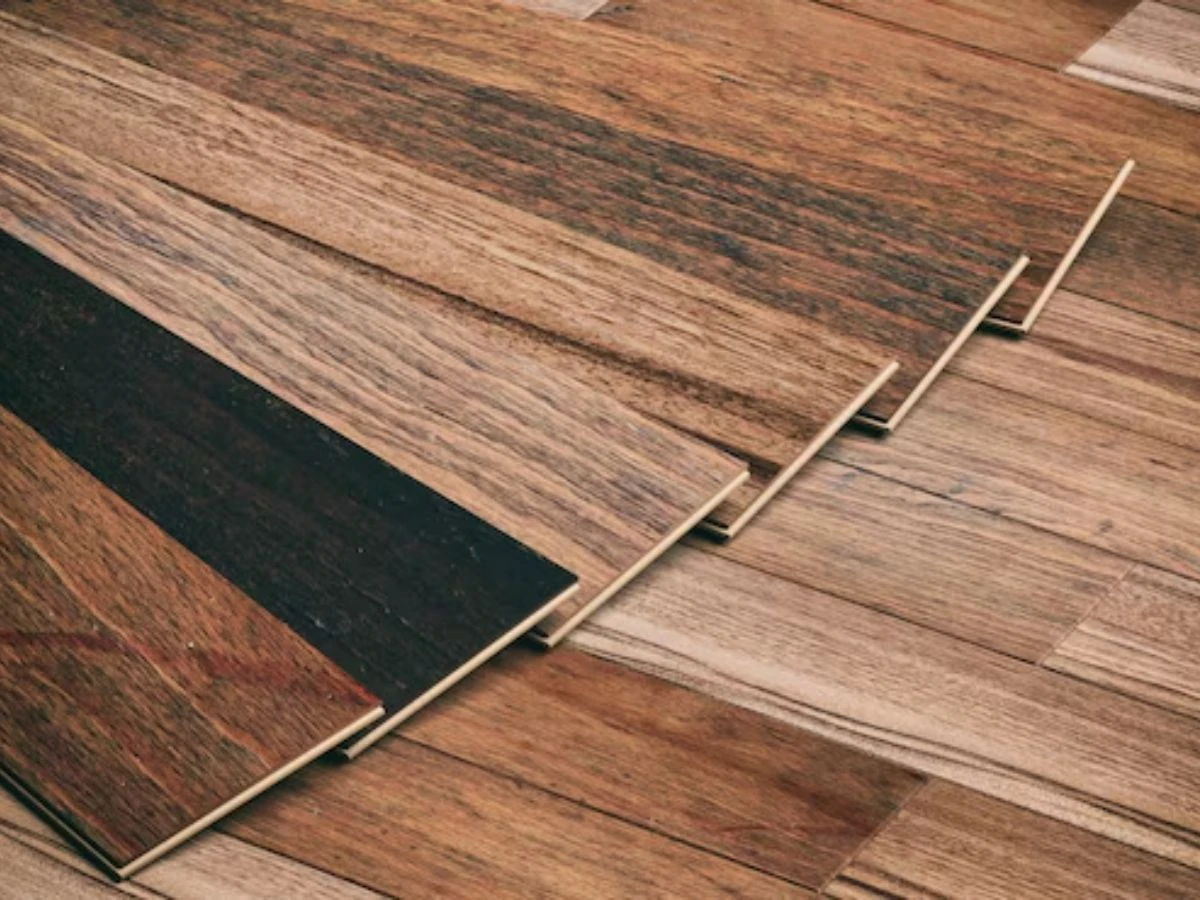What Is a Good Thickness for Engineered Wood Flooring? Expert Guide to Choosing Right
When it comes to selecting engineered wood flooring, one of the most critical factors to consider is the thickness of the planks. Also known as engineered hardwood flooring, this type of product is constructed with multiple layers for added stability and durability, making it a popular choice for various projects. The thickness for engineered wood flooring not only influences the aesthetic appeal of your space but also plays a significant role in the flooring’s durability, stability, and overall performance. Choosing the right thickness can enhance the longevity of your flooring and ensure it withstands the test of time, making it a vital consideration for homeowners and builders alike.
Understanding Engineered Wood Flooring
Engineered wood flooring-also commonly referred to as engineered floors, engineered flooring, or engineered floor—is a popular choice among homeowners due to its unique composition and numerous benefits. Unlike solid wood flooring, which is made from a single piece of timber, engineered wood consists of multiple ply layers that are bonded together for enhanced stability. The core is typically made from plywood or high-density fiberboard (HDF), topped with a hardwood veneer. The top layer is often made from high-quality woods such as oak, which enhances both durability and appearance. This multi-layer construction significantly improves dimensional stability, reducing the risk of warping and movement over time compared to solid wood, making it ideal for areas with fluctuating humidity levels.

The Critical Role of Thickness in Performance
The thickness of engineered wood flooring significantly impacts its performance across multiple dimensions. Durability stands as perhaps the most important factor, as thicker engineered wood flooring generally has a longer service life. According to research, thicker planks can withstand wear and tear better than their thinner counterparts. Stability is another crucial consideration, with thicker floors being less likely to warp or buckle, especially in environments with high humidity or temperature fluctuations. Flooring thickness, which refers to the measurements of the planks (typically given in mm), directly affects both durability and stability.
Industry standards and research provide valuable guidance on optimal thickness specifications. The industry standard for engineered wood flooring often refers to a wear layer of 3–4mm and an overall thickness of 14–20mm, depending on the application. The UK and EU recommend that the total thickness for underfloor heating should not exceed 18mm, with a wear layer of 5mm or less. For optimal performance with underfloor heating systems, a total thickness of 14–16mm with a wear layer of 3–4mm is considered ideal. Overall thickness includes both the wear layer and the core layers, and different thicknesses such as 15mm or 20mm are available to suit various needs. Wear layers typically range from 1–4mm, with 3–4mm thickness allowing for multiple refinishes throughout the flooring’s lifetime and being suitable for most homes. These measurements in mm help consumers compare options and select the right flooring thickness for their specific installation and performance requirements.
Wear Layer Explained: The Key to Longevity and Solid Wood Alternatives
The wear layer is the defining feature that sets engineered wood flooring apart in terms of longevity and resilience. This topmost layer, crafted from real wood, is designed to endure the daily demands placed on your wood floors. The thickness of the wear layer typically ranges from 2mm to 6mm, and this measurement is crucial—thicker wear layers provide enhanced durability, making your engineered wood floor more resistant to scratches, dents, and general wear.
For homeowners seeking the classic look and feel of solid wood floors but with added stability and cost effectiveness, engineered wood flooring with a substantial wear layer is an excellent alternative. A thicker wear layer, such as 4mm or 6mm, allows the floor to be sanded and refinished multiple times, much like a solid wood floor, which is especially valuable in high traffic areas or busy family homes. This means your flooring can maintain its beauty and integrity for decades, even with frequent sanding and refinishing.

Making the Right Thickness Choice
Selecting the appropriate thickness for your engineered wood flooring depends on several critical factors that should be carefully evaluated before making your final decision. Room type plays a significant role in this decision, as high-traffic areas such as hallways and living rooms may benefit from thicker planks, while bedrooms may not require as much durability due to lighter usage patterns.
The amount of foot traffic the area will experience is another crucial consideration. Thicker flooring is particularly recommended for homes with pets or children, where the flooring will face more intensive daily use. If you plan to install underfloor heating, ensuring the thickness aligns with the recommended specifications becomes essential for both performance and safety.
Moisture levels in the installation area cannot be overlooked. In areas prone to moisture, such as basements or rooms with high humidity, thicker flooring can provide added protection against warping and other moisture-related damage. It is also important to consider the type of subfloor, such as concrete or joists, when selecting the appropriate thickness for your engineered wood flooring.
Exploring Common Thickness Options
Understanding Engineered Wood Flooring Thickness Options
When selecting engineered wood flooring, it's essential to consider the thickness that best suits your needs. Common options include 12mm, 14mm, 15mm, 18mm, and 20mm, each offering unique benefits and considerations.
12mm Thickness
The 12mm engineered wood flooring is a lightweight and cost-effective option, ideal for areas with lower foot traffic. Its thinner profile allows for efficient heat transfer when used with underfloor heating systems, making it suitable for spaces where quick warmth is desired. However, it may not provide the same level of durability as thicker alternatives, so it's best used in rooms with minimal wear and tear.
14mm Thickness
Stepping up, 14mm engineered wood flooring offers a balance between affordability and durability. It's versatile enough for various residential applications, including living rooms and bedrooms. The added thickness compared to 12mm provides improved stability and a more substantial feel underfoot, while still being compatible with most underfloor heating systems.
15mm Thickness
The 15mm option represents a mid-range thickness that balances cost, durability, and comfort. It's suitable for most residential applications, offering enhanced sound insulation and a solid feel underfoot. When used with underfloor heating, 15mm flooring provides an optimal balance of thermal conductivity and insulation, ensuring efficient heating without significant energy loss.
18mm Thickness
At 18mm engineered wood flooring strikes a balance between durability and practicality. This thickness offers enhanced performance, making it suitable for high-traffic areas and providing better impact resistance. The increased thickness also allows for multiple refinishing cycles, extending the floor's lifespan and maintaining its appearance over time.
20mm Thickness
The 20mm engineered wood flooring is the premium choice, delivering exceptional durability and a luxurious feel. It's ideal for high-traffic areas and commercial applications, offering superior heat retention when used with underfloor heating systems. The thicker wear layer enables more frequent sanding and refinishing, ensuring a longer lifespan and sustained aesthetic appeal.

Budget and Aesthetic Considerations for New Flooring
Selecting new flooring is as much about balancing your budget as it is about achieving the perfect look for your home. Engineered wood flooring offers a wide range of options to suit different price points and design preferences, making it a popular choice for those seeking both value and style. Thicker boards, such as 20mm engineered wood floors, come with a higher upfront cost but deliver superior durability and stability-ideal for high traffic areas where longevity is a priority. These thicker options can withstand more wear and require less frequent sanding, making them a smart long-term investment.
On the other hand, thinner planks, like 15mm engineered wood floors, are more budget friendly and can be a great solution for rooms with lighter foot traffic or where cost is a primary concern. However, they may need more frequent sanding and refinishing to maintain their appearance over time. When weighing your options, consider the unique needs of each room, including how much use it will get, the typical temperature fluctuations, and the overall look you want to create.
Installation and Maintenance Best Practices
To ensure your engineered wood flooring achieves its maximum lifespan and maintains its appearance, following proper installation and maintenance practices is essential. During installation, always adhere to the manufacturer's guidelines and consider hiring a professional installer for optimal results, as proper installation forms the foundation of long-term flooring performance.
Acclimation represents a critical step that should never be overlooked. Allow the flooring to acclimate to the room's temperature and humidity conditions before beginning installation, as this prevents future issues related to expansion and contraction.
For ongoing maintenance, use a soft broom or vacuum to regularly remove dirt and debris that can cause surface damage over time. When cleaning, avoid excessive water application, as moisture can penetrate joints and cause damage to the underlying structure.
Making Your Final Decision
Selecting the right thickness for engineered wood flooring requires careful consideration of multiple factors that influence both immediate performance and long-term satisfaction. By thoroughly evaluating room type, foot traffic patterns, moisture levels, and compatibility with heating systems, you can make an informed decision that meets your specific needs and provides years of reliable performance.
The investment in appropriate thickness pays dividends through enhanced durability, improved stability, and reduced maintenance requirements over the flooring's lifetime. Whether you choose 15mm for lighter residential applications, 18mm for balanced performance, or 20mm for maximum durability, understanding these considerations ensures your selection aligns with your specific requirements and expectations.
Ready to make the perfect flooring choice for your home? At Lumber King, we offer free samples of our premium engineered wood flooring collections so you can see and feel the quality and thickness options in your own space. Don't leave your investment to guesswork – order your free samples today and experience the Lumber King difference!





















